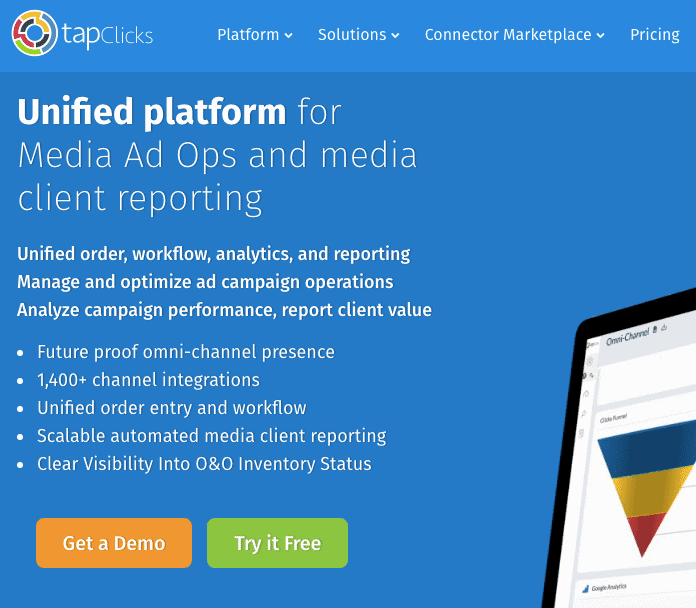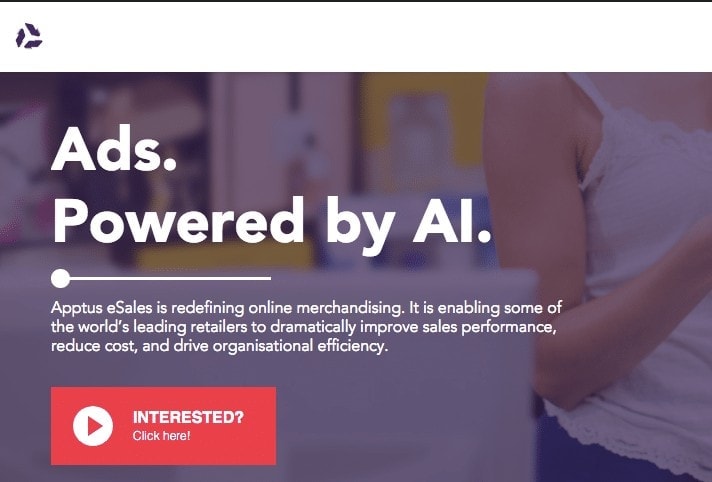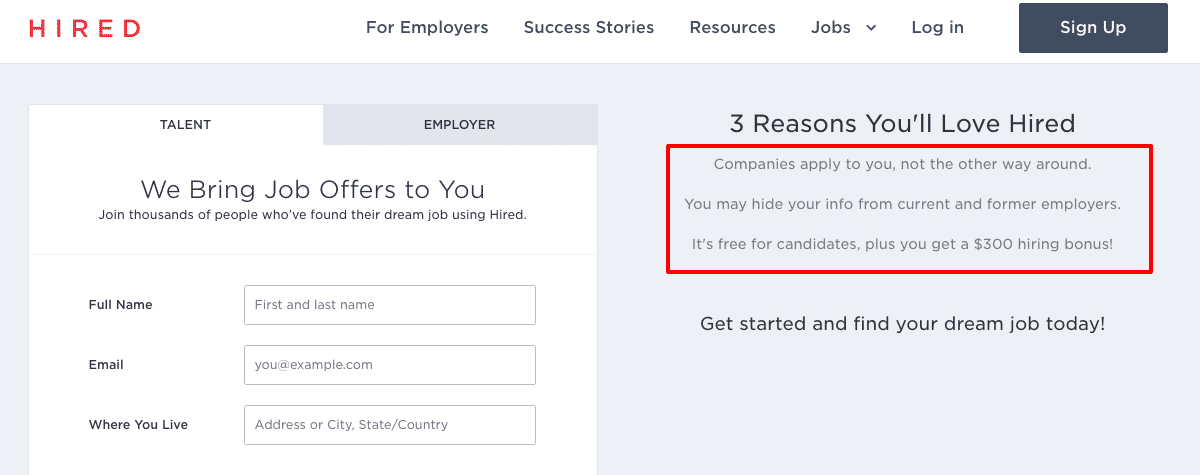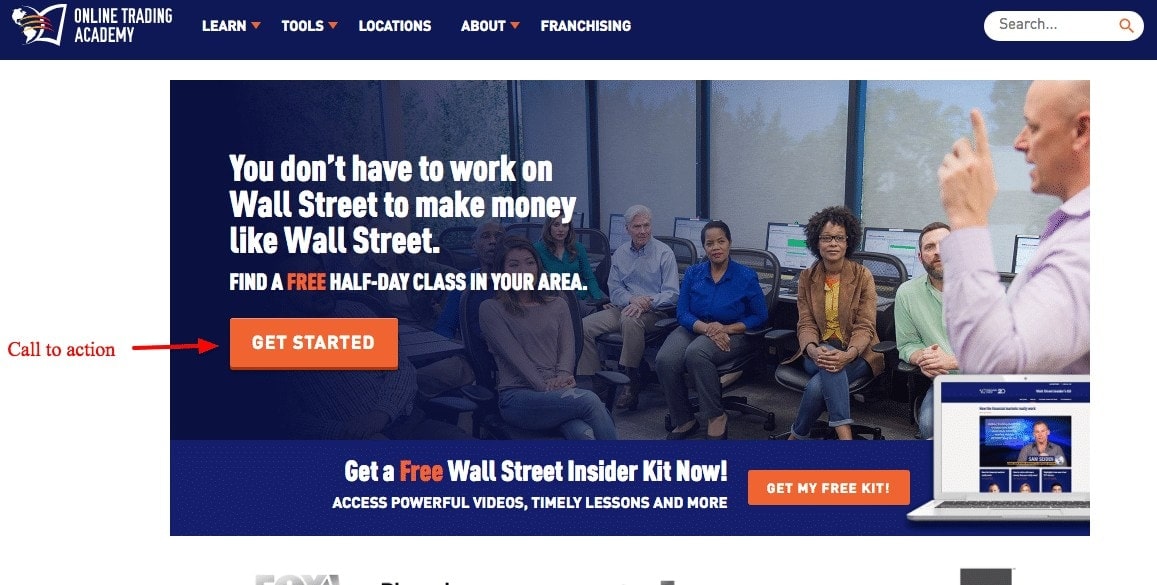When people visit your site pages, you have a mere 8 seconds or less to make an impression before they navigate away.
That’s why headlines and subheadlines are by far the most important elements of a landing page. These are the two things visitors see first, and will largely determine if they stay on the page and convert.
A headline is a short, bold phrase that appears at the top of your home page, product pages, and other landing pages to capture visitor attention.
A subheadline appears right below your headline, expanding on its message and providing complementary information:
It doesn’t matter how great your web copy is, if your headline and subheadlines aren’t optimized, it won’t help drive your marketing goals.
How to write an impactful headline
Here are the most important points you should follow to write an impactful headline:
- Write it last. Create a placeholder headline when writing your landing page copy, then save your real brainstorming until after you write your content. Then you can come up with a long list (20+) of potential headlines to test out with your page copy.
- Make it targeted. Especially when writing for your homepage, it’s easy to come up with a generalized headline that’s relevant to all sorts of site visitors. But don’t! Instead, make your headline targeted to a specific subgroup of site visitors who are interested in your products and are likely to convert. Refer back to your buyer personas and other market research to brainstorm conversion-driving headline ideas.
- Highlight features and benefits. Instead of illustrating what your product/service does, try to focus on how it benefits your audience with your headline. Explain the problem your product solves and what features help achieve that.
- Invoke curiosity. If you want site visitors to stay on your page and keep reading, develop a headline that inspires curiosity. Do so by posing a question or highlighting an intriguing feature that visitors will want to know more about.
- Use power words. Headlines are supposed to be attention-grabbing and impactful. So spice up your headline vocabulary by switching out plain language for power words. Sumo.com has a comprehensive power word resource you can refer to get ideas.
How to write subheadlines that convert
Here are the most important points you should follow to write a subheadline that converts:
- Make it longer. Marketing research tells us that the most effective headlines are short (less than 10 words). Subheadlines are different. Here you have more real estate to expand on your message. As a general rule, your subheadline can be twice the length of your headline.
- Complement your headline. Write your subheadline after choosing a headline so they can complement each other. Your subheadline is an opportunity to expand on the message delivered in your headline. Provide more detail for curious readers.
- Include your USP. In order to convert, people need to know more than how your product/service is beneficial. They also want to know why they should choose your business over a competitor. Answer this question by including your unique selling proposition (USP) in your subheadline.
- Don’t overinform. If necessary, it’s possible to write several subheadlines to complement your headline. But make sure you’re not overinforming your audience. You have space in the rest of your page copy to go into detail about your product/service. Just focus on the most important/beneficial points in your subheadlines.
- Encourage action. You have a much better chance of getting a site visitor to convert if they’ve read through your headline and subheadline. So do everything you can to make sure they do convert by encouraging action within your subheadline.
Test, rinse and repeat. Follow these tips to create a powerful headline/subheadline combo, then test their performance on your live landing pages. This will give you more insights into the kind of language that resonates most with your audience. Optimizing your landing pages is an ongoing process, so keep brainstorming, trying out new text, and comparing it to the rest. Over time, you’ll discover which headlines and subheadlines drive the most conversions for your business.
5 examples of great headline and subheadline combinations
Here are 5 examples of headline and subheadlines that utilize the points described above:
1. Highlights features and benefits
This product landing page from TapClicks explains their product’s main benefit in their headline (a unified platform) then uses the subheadlines to provide more details on its features:

2. Invokes curiosity
This webinar landing page from QuickSprout leaves visitors wondering: Is it really possible to grow your traffic that much without ads? The only way to find out is to sign up.

3. Speaks to a target audience
This product landing page by Apptus has a simple headline that speaks to a specific audience: Marketers who know how valuable AI is for advertising. They don’t need the headline or subheadline to explain how, they already know.

4. Highlights a USP
These subheadlines on job search site Hired focus on highlighting how their platform is different and better than all the other options out there:

5. Encourages action
This landing page from Online Trading Academy has a subheadline that tells visitors exactly what to do next: “Find a free half-day class in your area.” They then follow up with a prominent call-to-action to encourage conversions:
The most effective landing pages have carefully crafted headlines and subheadlines that speak directly to site visitors, illustrate value and guide them on what to do next. Follow the tips in this guide to make your landing page copy more impactful and better suited to driving your overall marketing goals.

If you need help or advice on writing an essay, you can learn more here.



